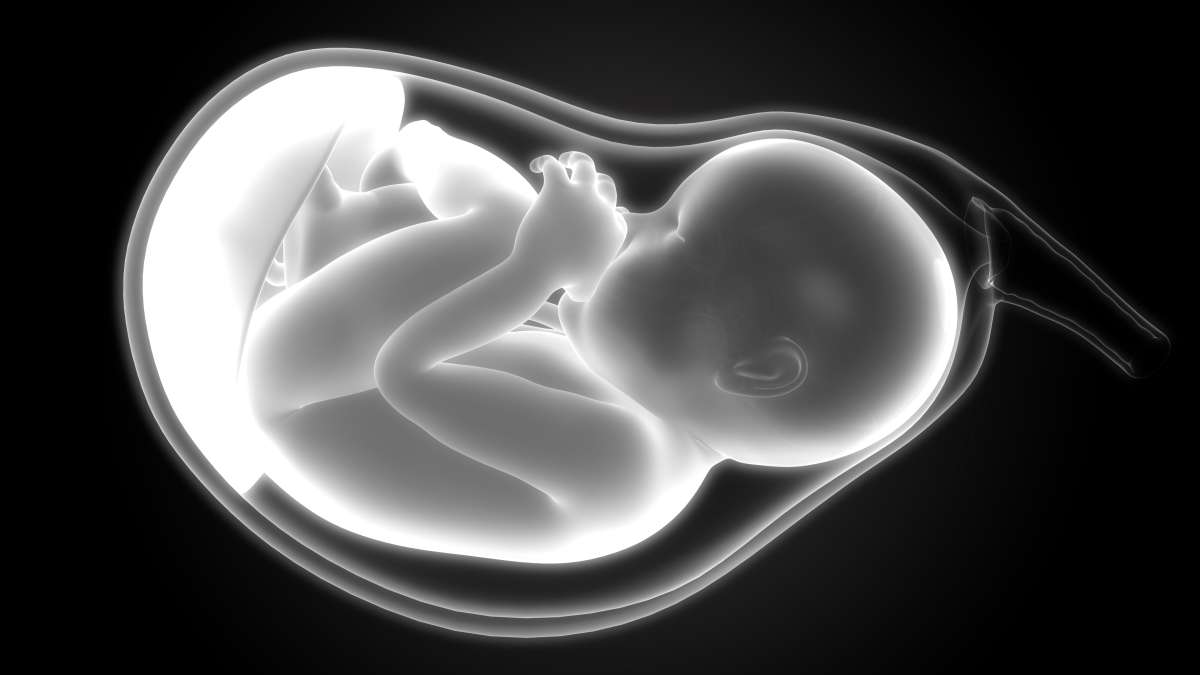Feeling your baby move inside the womb is an exciting milestone in pregnancy, but it’s also an essential indicator of your baby’s well-being. Understanding fetal movement patterns and what they indicate can help expectant parents monitor their baby’s health and development. From the first flutter to the final kicks, each movement tells a story about your growing baby’s movements and vitality.
This article provides expectant parents with valuable insights into the significance of fetal movements during pregnancy. This synopsis explores the fetal movement patterns that pregnant individuals may experience, from gentle flutters to more pronounced kicks and rolls. It discusses how monitoring fetal movements can serve as an indicator of fetal well-being. It provides guidance on what changes in movement patterns may signify, such as increased or decreased activity levels. By empowering expectant parents with knowledge about fetal movement patterns and their implications, this resource aims to promote a deeper understanding of pregnancy. This also enhances the bond between parents and their unborn child.
1. Early Movements
a. Fluttering Sensations
In the early stages of pregnancy, around 16 to 25 weeks, expectant mothers may feel gentle fluttering sensations, often described as “butterflies” or “bubbles.” These movements, known as quickening, are typically the first signs of fetal movement and signify your baby’s developing nervous system and muscles. While subtle, quickening reassures expectant parents of their baby’s presence and vitality.
b. Variability in Sensations

Every pregnancy is unique, and fetal movement experiences can vary from person to person. Factors such as the position of the placenta, maternal body size, and baby’s activity level can influence how and when fetal movements are felt. Some mothers may notice early movements sooner, while others may take longer to discern their baby’s activity, which is normal and does not cause concern.
2. Establishing a Routine
a. Daily Patterns
As pregnancy progresses, expectant mothers often establish routines regarding their baby’s movements. Paying attention to when your baby is most active, like after meals or during certain times of the day, can help identify patterns in fetal movement. Tracking these patterns provides valuable insights into your baby’s health and vitality.
b. Kick Counts

Kick counting, or monitoring your baby’s movements at specific times each day, is recommended in the third trimester. Setting aside time to focus on fetal movements, after meals or when lying down, allows expectant parents to track frequency and intensity of kicks and flutters. Kick counts are a proactive measure to ensure your baby’s well-being and detect any changes in movement patterns.
3. Normal Variations
a. Active and Restful Periods
It’s common for babies to have active periods of movement followed by periods of rest or decreased activity. Expectant parents may notice fluctuations in fetal movement throughout the day, with more pronounced activity during certain times and quieter periods during others. These variations in movement patterns reflect your baby’s sleep-wake cycles and typically indicate a healthy, developing nervous system.
b. Sensory Stimuli

Fetal movements can be influenced by external factors such as noise, light, and maternal activity. Loud sounds or sudden movements may startle the baby, resulting in increased activity or a change in movement patterns. Conversely, soothing activities like gentle rocking or maternal relaxation can promote calmness and decrease fetal movements. Understanding how sensory stimuli affect fetal movement helps expectant parents interpret their baby’s responses.
4. Seeking Medical Attention
a. Decreased Movement
A sudden decrease in fetal movement or a significant change from established patterns may indicate a potential concern and should prompt immediate medical attention. Mothers should contact their doctor if they notice a noticeable decrease in fetal activity. This could be a sign of fetal distress or an underlying issue requiring evaluation.
b. Monitoring Techniques

Doctors may employ monitoring techniques, such as fetal kick counts, non-stress tests, or ultrasound scans, to assess fetal well-being and movement patterns. These tests help identify any abnormalities or signs of fetal distress and guide appropriate interventions to ensure the baby’s health and safety.
Understanding fetal movement patterns and what they indicate is essential to prenatal care. By paying attention to your baby’s movements, establishing routines, and recognizing normal variations, expectant parents can monitor their baby’s well-being and detect potential concerns early on. Seeking medical attention for any significant changes in movement patterns ensures timely evaluation and appropriate interventions, promoting the health and safety of both mother and baby. Through awareness and proactive monitoring, expectant parents can nurture a deeper connection with their growing baby and support a healthy pregnancy journey.
